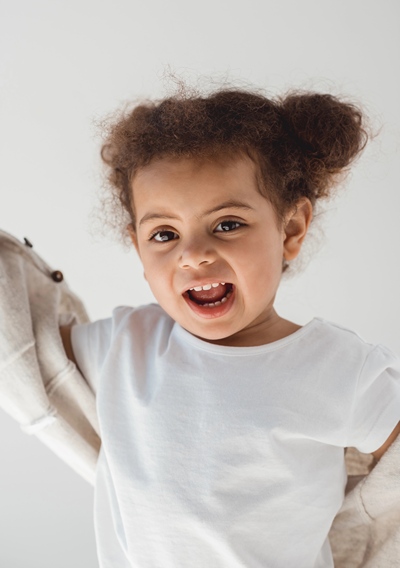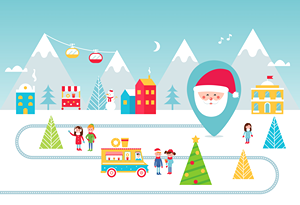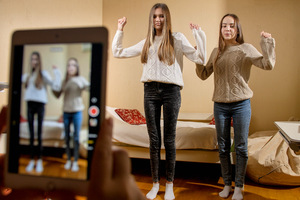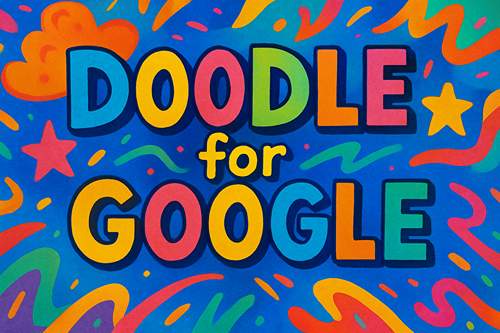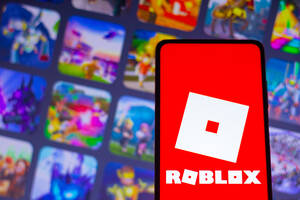The Power of Play: How Educational Toys Enhance Child Development
As parents, we all want the best for our children, especially when it comes to their growth and development. We spend countless hours researching the right schools, the best activities, and the most effective parenting strategies. But sometimes, the most powerful tools for your child’s development are right in front of you—literally.
Toys, especially educational ones, play a crucial role in helping children learn and grow in ways that might surprise you. In homes across the world where screens often dominate a child’s attention, the importance of hands-on play has never been more crucial. Educational toys, such as building blocks, puzzles, and the increasingly popular wooden climbing toys.
They are powerful tools that can significantly enhance a child’s development across multiple domains, including cognitive, social, and emotional growth.
Cognitive Development: Building the Foundation for Learning
Children are naturally curious beings, eager to explore and understand the world around them. Educational toys tap into this curiosity, offering them the opportunity to develop essential cognitive skills. For instance, puzzles encourage problem-solving and critical thinking, while building blocks help children grasp basic concepts of geometry and physics.
The Pikler triangle set, a wooden climbing frame designed by Hungarian pediatrician Dr. Emmi Pikler, is particularly effective in fostering cognitive development. As children climb, explore, and navigate the different angles of the triangle, they are engaging in spatial awareness and developing their sense of balance and coordination. This type of play not only lays the groundwork for future academic skills but also fosters a child’s independence and confidence in their abilities.
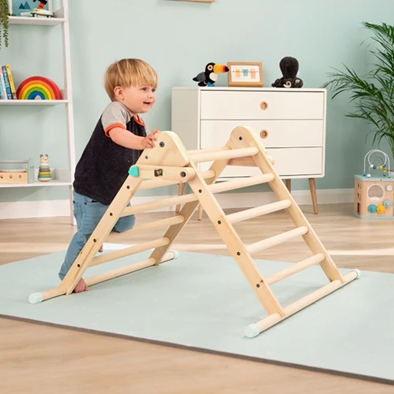
Social and Emotional Development: Learning to Connect
Educational toys also play a pivotal role in a child’s social and emotional development. Through play, children learn to express themselves, understand others, and navigate the complexities of human relationships. Toys that encourage cooperative play, such as board games or building sets, teach children important lessons in sharing, teamwork, and communication.
The Pikler triangle set is not just a physical tool but also a social one. When children play together on the Pikler triangle, they learn to negotiate, take turns, and support one another. This type of interaction is crucial in developing empathy and emotional intelligence. Moreover, the sense of accomplishment a child feels after mastering a new skill on the triangle boosts their self-esteem and emotional resilience.
Language Development: Words Through Play
Language development is another key area where educational toys have a profound impact. Interactive toys that involve storytelling, such as dolls or animal figures, encourage children to use and expand their vocabulary. As they create stories and scenarios, they practice sentence structure, learn new words, and develop their communication skills.
The Pikler triangle set, while not directly related to language, provides opportunities for parents and caregivers to engage in meaningful conversations with their children. Describing movements, offering encouragement, and asking questions about the child’s play can turn the activity into a rich language-learning experience.
Physical Development: Strengthening the Body
Physical development is perhaps the most obvious benefit of certain educational toys. Toys like balls, ride-ons, and the Pikler triangle set are designed to get children moving, helping them to develop their gross motor skills, muscle strength, and coordination.
The Pikler triangle, in particular, is an excellent tool for promoting physical development. Its design encourages children to climb, stretch, and balance, fun activities that are crucial for building core strength and improving flexibility. The varied heights and angles of the triangle also help children develop a keen sense of body awareness and control, which are important for overall physical health.
Creativity and Imagination: Unleashing Potential
One of the most beautiful aspects of educational toys is their ability to spark creativity and imagination in children. Open-ended toys, such as building blocks or the Pikler triangle set, allow children to explore endless possibilities. They can build, create, and imagine new worlds, developing their creativity and problem-solving skills in the process.
The Pikler triangle set can be transformed into a castle, a mountain, or even a spaceship in the mind of a child. This kind of imaginative play is not only fun but also crucial for cognitive and emotional development. It allows children to experiment with ideas, test out scenarios, and learn about the world in a safe and supportive environment.
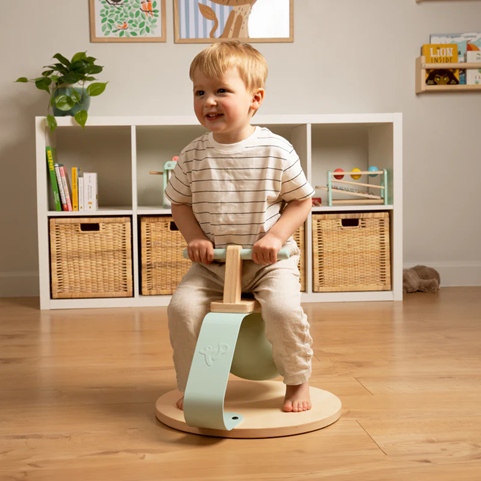
Conclusion: The Lasting Impact of Educational Toys
Educational toys, whether traditional puzzles or modern innovations like the Pikler triangle set, are far more than just playthings. They are vital tools that support a child’s overall development, helping them to grow into well-rounded, capable, and confident individuals. By choosing toys that are both fun and educational, parents can give their children the best possible start in life, nurturing their natural curiosity and setting them on a path of lifelong learning.
In a society where the focus often shifts to digital entertainment, it’s important to remember the power of play and the significant role that educational toys can play in a child’s development. After all, the lessons learned through play are the building blocks of the future.

